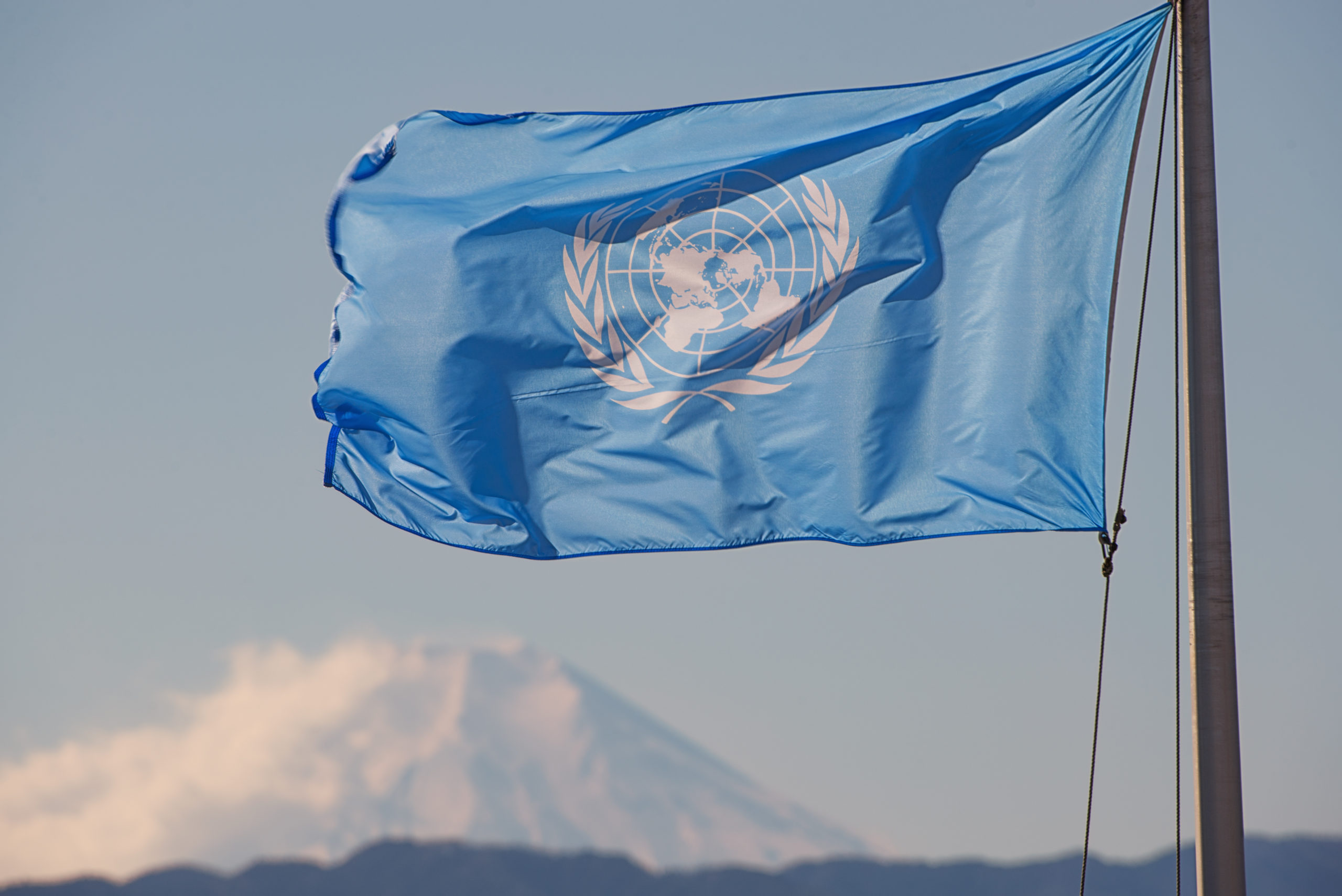It is estimated that female genital mutilation has affected over two hundred million girls and women across thirty-one countries. There are three million global cases a year. Despite this, a new report has stated that the exact number of girls and women that are affected is thought to be much higher due to the failure of countries detecting cases. Furthermore, hundreds of thousands of FGM cases have occurred across Asia, the Middle East, Latin and North America, Europe and Africa. FGM is a universal issue however, the most concentrated area for these cases is in the continent of Africa, occurring in twenty-seven countries.
FGM is the removal of external female genitalia for non-medical purposes and is usually performed without the use of anaesthesia. Many of these cases are undertaken before girls have reached the age of fifteen. It is extremely dangerous for the mental and physical wellbeing of females who undergo the procedure. Birth problems, excessive bleeding and infections are a few of the physical issues that can be caused by FGM. It is “a violation of the human rights of girls and women”. By tackling this issue, we will be one step closer to complete gender equality.
In some communities, FGM takes place as a result of the belief that the clitoris is unhygienic and unattractive. Additionally, it is carried out as a way of controlling female sexuality, ensuring that she preserves her virginity for marriage as well as preventing promiscuity. FGM is used to heighten male pleasure and can be used as a way for a female to be given the right to inheritances which pressures families into getting their daughters cut. A common misconception is that this is a required religious practise however, it is not validated by either Christianity or Islam where FGM seems to be most common. The practice stems from ingrained gender inequality.
The United Nations aims to eradicate FGM by 2030. In 2015, one hundred and ninety-three governments committed to targeting the reduction in cases to meet the UN Sustainable Development Goals. This is an optimistic goal. Yet, with the correct measures, this is not so out of reach.
To break the cycle of misogyny, the UN stresses the importance of empowering women and girls. Raising awareness amongst communities and in schools is one of the most central tactics for addressing the issue. This can be done by providing ‘culturally sensitive’ discussions for communities and families that highlight gender equality and human rights values. Preventative strategies must be stressed to reduce FGM, such as delivering programmes where people of all genders and ages can take active roles. It is important to implement information into school curriculums and creating awareness from a young age. FGM must become a conversation that can be discussed openly so that girls and women feel comfortable to speak of their experiences and have access to full support.
Appropriate legislation should be implemented in all countries, banning FGM completely. Condemning and punishing perpetrators for inflicting this pain upon girls and women will emphasise the fact that it is a violent act.
Activists have a leading role in raising awareness and promoting the human rights of women and girls. An exceptional example is the activism of Jaha Dukureh. She is the founder of Safe Hands for Girls, which is a charity that fights against FGM as well as child marriage in the Gambia, Sierra Leone and Atlanta. This ‘survivor-led project’ opens a safe space for victims to be assisted in rebuilding their lives through social services, general support and education. If activists could work alongside media outlets then perhaps this would increase awareness at a greater speed and reach more people.
The abolition of FGM will only be possible with a substantial amount of funding directed to the cause. In order to succeed, governments will need to play a vigorous role by providing funding, correct education, support, and training. It has been proven that activists make a large impact on reducing the number of cases and, therefore, people can work together to make drastic changes. If governments and communities can work effectively together, we could achieve the UN’s target in the next ten years.
Zoé Green
Image: Pacific Air Forces.

